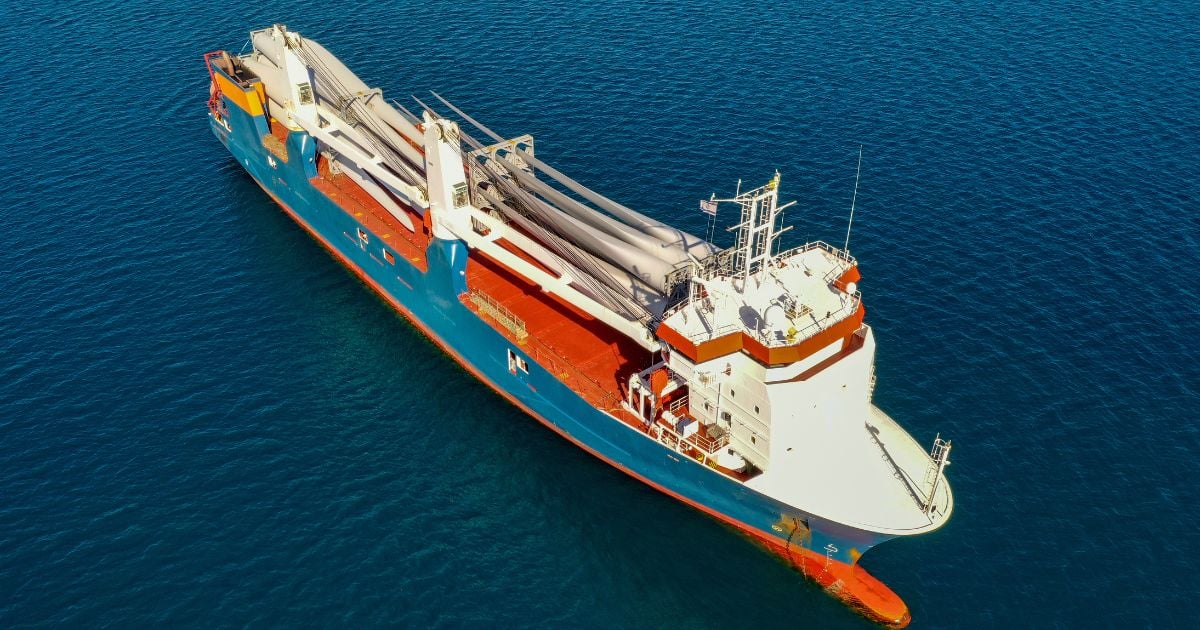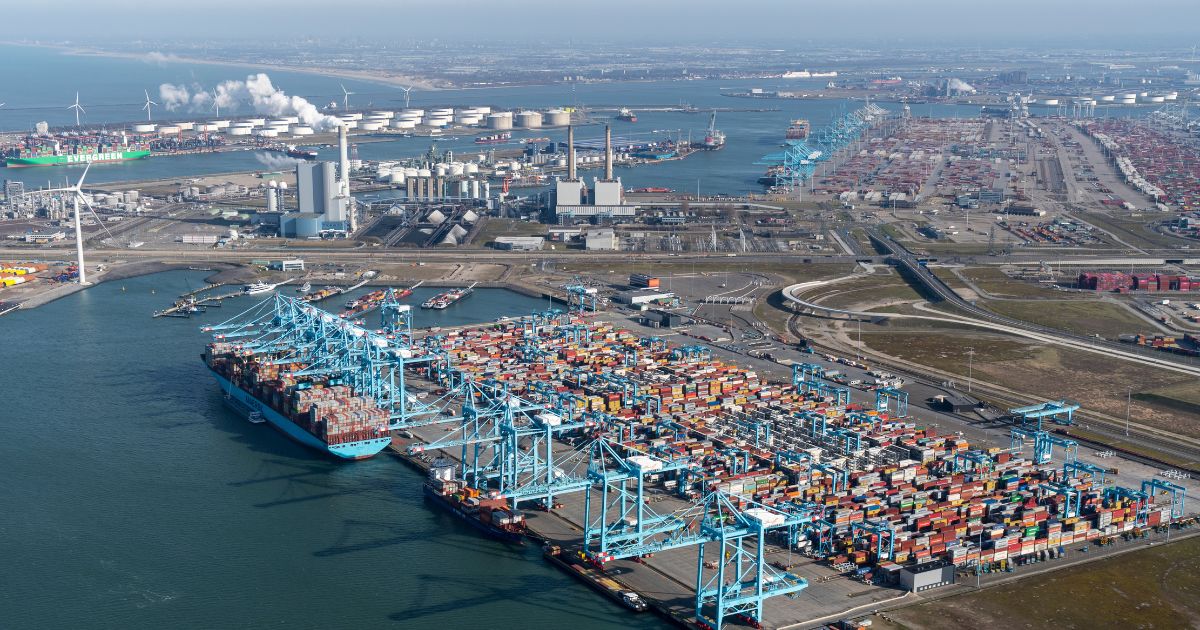
Bulk up on risk management in breakbulk shipping

Breakbulk shipping is a versatile mode of transportation that offers businesses the flexibility to transport oversized, specialized, or project cargo that does not fit into standard shipping containers.
Unlike container shipping where cargo is packed into standardized containers, breakbulk cargo is individually packed, lifted, secured, stowed, and loaded off the vessel. Think towering wind turbine blades, hefty construction equipment, or even gleaming yachts — these are just a few examples of the giant products handled by breakbulk.
With rapid industrialization and infrastructure development, comes a growing use for breakbulk shipping. For example, the Transnet National Ports Authority in South Africa processed around 5.6 million metric tons of breakbulk cargo in 2022, representing an increase of over 50 percent compared with the previous year, according to Statista. Over in Saudi Arabia, King Abdullah Port broke its breakbulk monthly record by handling over 600,000 tons of goods in May 2022.
It is no wonder why – the greatest benefit of breakbulk shipping is its flexibility in handling diverse cargo types. It can accommodate a wide range of cargo sizes, shapes, and weights, making it ideal for oversized or heavy items that cannot be easily containerized.
Breakbulk shipping can be more cost-effective than container shipping for oversized or heavy cargo that requires specialized handling. Cargo can be loaded and unloaded individually, allowing greater flexibility in arrangement and stowage, thereby reducing wasted space and associated costs.
Risks of breakbulk shipping
However, while breakbulk shipping offers flexibility and adaptability for transporting oversized or specialized cargo, it also comes with inherent risks that can lead to potential damage, delays, and increased costs.
1. Exposure to the elements
One of the biggest risks for breakbulk shipping is that the cargo is directly subjected to weather conditions like rain, wind, saltwater, and extreme temperatures. Unlike containerized shipping, where goods are enclosed in protective containers, breakbulk cargo is often not as well-protected. This can lead to corrosion of metal or other materials, damaging the cargo.
To mitigate these risks, cargo should be securely covered with weatherproof materials and shipping schedules should account for potential weather disruptions. Regular inspections and maintenance of the cargo during transit are also crucial to ensure its integrity.
2. Limitations of port infrastructure
Not all ports have the manpower, infrastructure, or equipment to handle breakbulk cargo efficiently. Many have limitations on the water depth they can accommodate, restricting the size of ships that can dock, and the amount of cargo they can carry.
To choose the right breakbulk terminal location in a port. the terminal needs sufficient space and infrastructure to accommodate the breakbulk cargo. Cranes, forklift trucks, and pallet jacks are basic requirements to move and lift the cargo, as well as large storage areas, inspection facilities, and security systems.
Terminal staff should also be experienced in handling breakbulk cargo, ensuring efficient and safe operations. Some terminals may even offer specialized services, such as cargo consolidation, customs clearance, and insurance, which can simplify the shipping process.
For instance, the Port of Rotterdam’s Smart Port initiative uses drones for inspections, autonomous vehicles for cargo handling, and advanced data analytics for optimizing operations.
Meanwhile, the Port of Antwerp uses blockchain for supply chain transparency and developing a digital twin of the port for simulation and optimization purposes. Both ports have also invested in automated terminals, equipped with robotic cranes and automated guided vehicles (AGVs), which reduce human error, improve productivity, and enhance safety.
The ideal terminal is located close to the cargo's origin and destination. This can significantly reduce costs, especially for heavy or oversized cargo that requires specialized handling.
In an ever-changing landscape, breakbulk shipping is vital to the global supply chain. With its ability to handle diverse cargo and adapt to changing market conditions, the demand for breakbulk shipping services is expected to remain strong as the economy expands. Thorough assessments, however, are necessary to ensure a smooth sailing journey for the transported goods.










 English
English